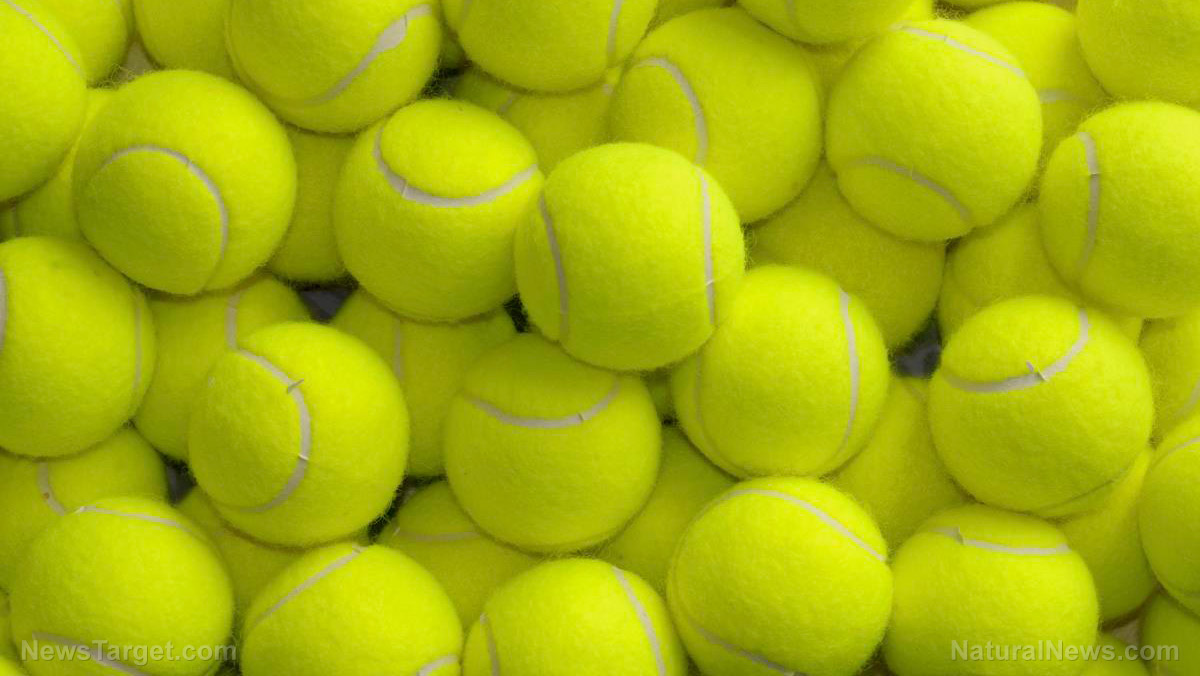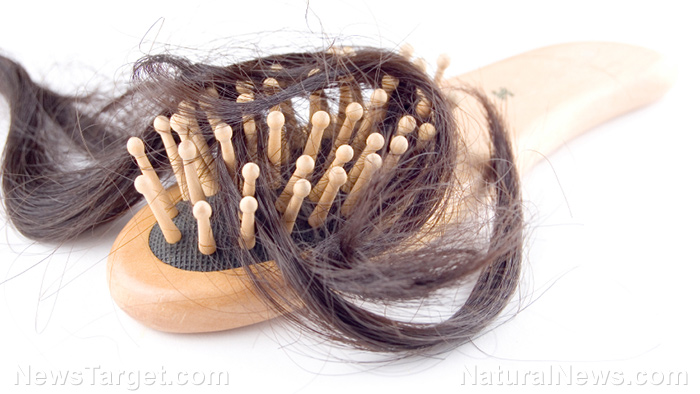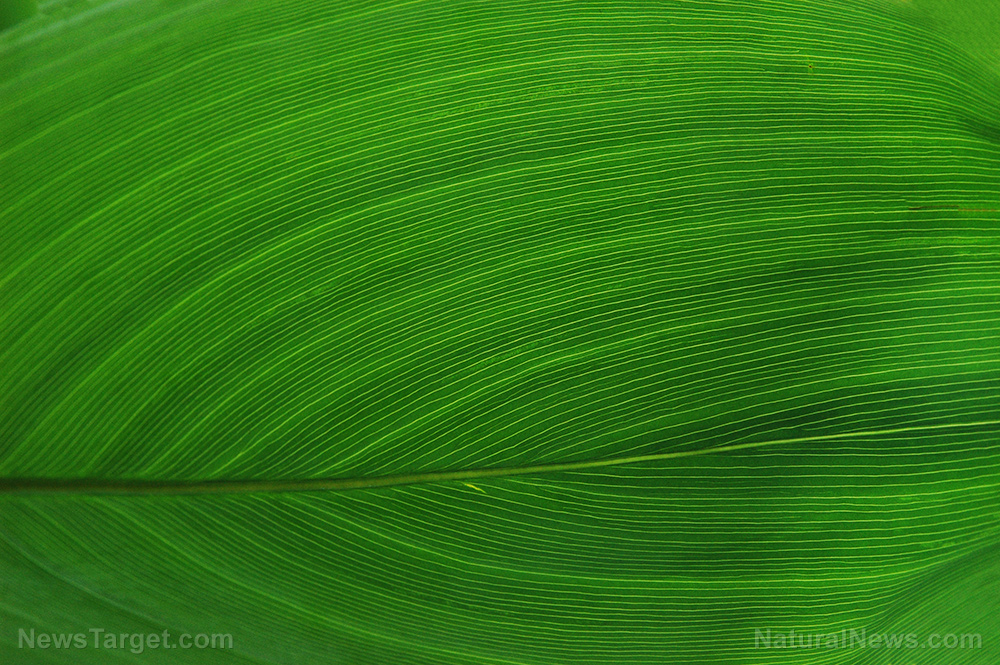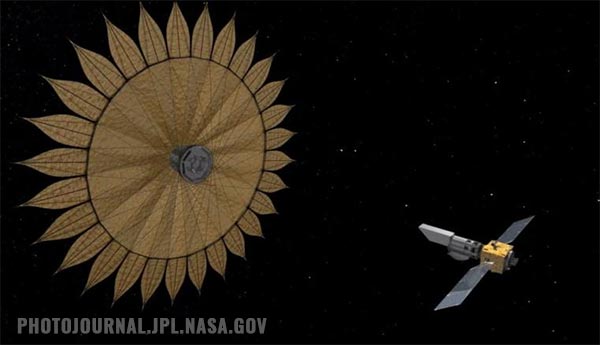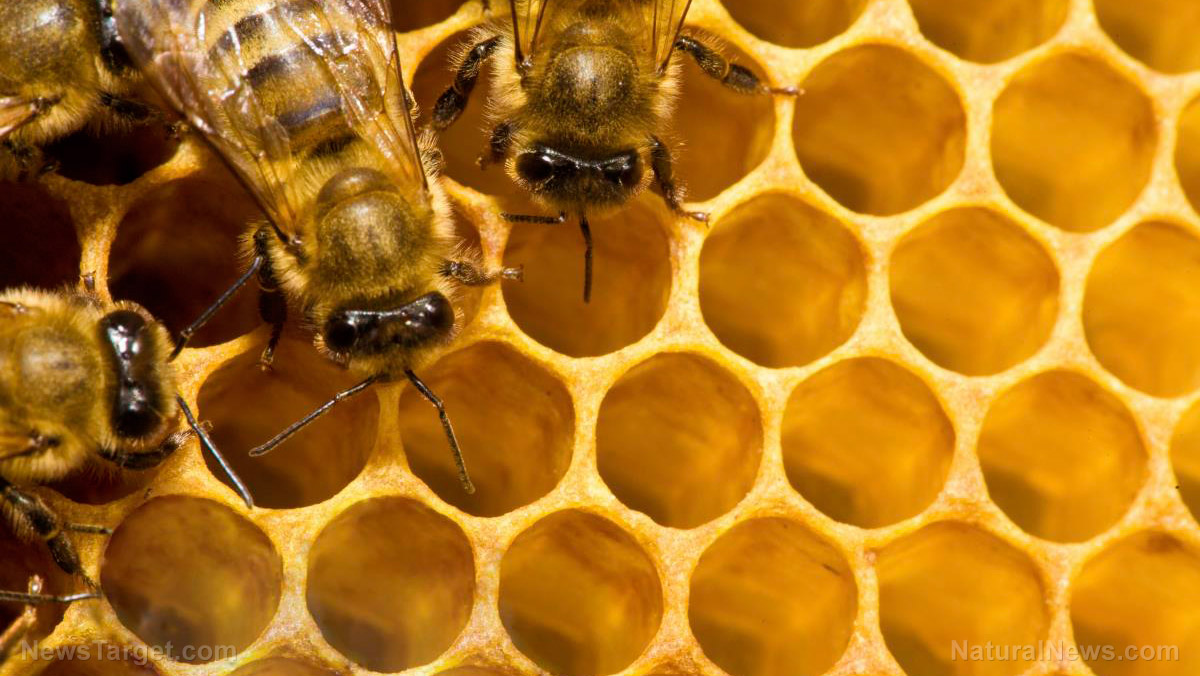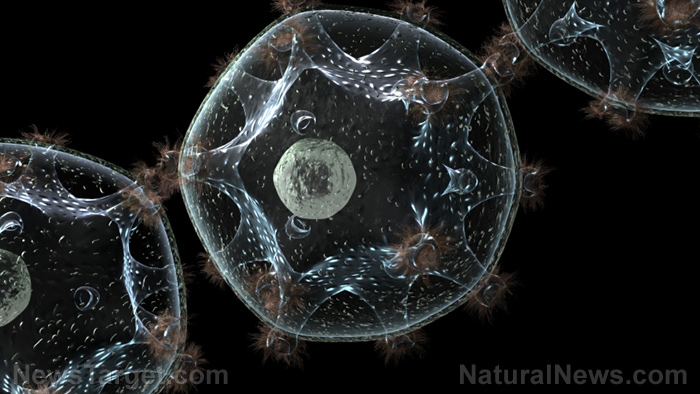Scientists develop incredible nanoscale bioabsorbable dressing that can help address various blood loss scenarios
03/04/2020 / By Franz Walker
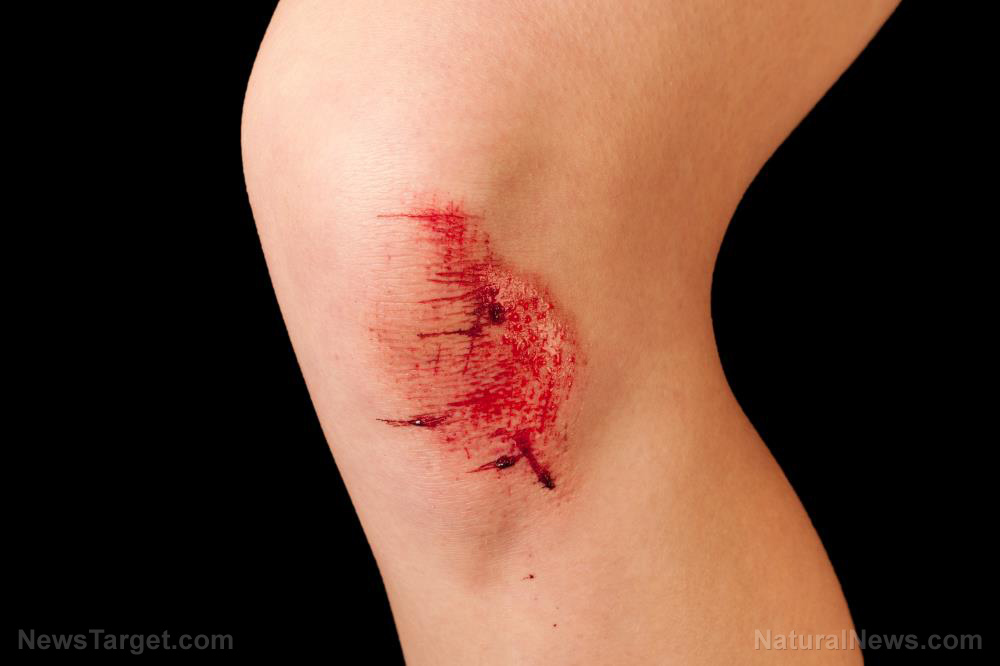
Bandages made of cotton and gauze remain the primary method of stopping bleeding from open wounds in traumatic injuries. Now, chemists from Texas A&M University in the U.S. and Assiut University in Egypt have developed a brand new way to stop bleeding and heal wounds with nanoscale technology, using raw materials from a familiar source.
The team, led by Texas A and M’s Eric Leonhardt, developed a nanoscale material using chitosan, a material found in the hard exoskeletons of shellfish such as shrimp, crab and lobster. While chitosan has been used as a material for wound dressings before, this is the first time that it’s been made into a nanoscale material.
By creating the new dressing out of nanoscale materials, the body can easily absorb it after some time. This means that there’s no more need to remove and change the dressings every so often. As a bonus, the new dressings leave a larger wound-healing surface.
Nanoscale dressings made from shellfish and sugar
Wound dressings made from chitosan already exist. Doctors and chemists working in the medical field have long been aware of the materials bonus anti-microbial properties. However, using the material for bioabsorbable dressings has been quite difficult because chitosan tends to clump together.
To create the new nanoscale dressings, the team developed a way to encapsulate highly entangled chitosan nanofibers within a sugar-based hydrogel, which dissolves in as little as seven days.
The team loaded the chitosan fibers into a nanostructured template scaffold. However, they first had to develop the hydrogel scaffold from cyclodextrins, a sugar-based material commonly used for delivering medicines. Once the scaffold was created, the team ionically bonded it with the chitosan before freeze-drying it.
After the freeze-drying process, the team put their work under a scanning electron microscope to check the results. Here, the scientists discovered that the chitosan had assembled itself into mats of highly entangled nanofibers, each measuring about 10 to 20 nanometers in diameter. With the chitosan nanofibers dispersed within this structure, the dressings can better absorb blood and even speed up the healing process.
“Not only are these fibers considerably smaller than what has been previously reported for chitosan, they also are highly desirable, given that the corresponding increase in surface area is expected to greatly enhance hemostatic effect,” stated Dr. Mahmoud Elsabahy, assistant director of the Texas A and M Laboratory for Synthetic-Biologic Interactions and director of the Assiut Clinical Center of Nanomedicine at Al-Rajhy Liver Hospital.
Saving lives in the future
Hemorrhage represents one of the leading causes of death in traumatic injuries, ranking fourth in the United States. It is responsible for more than 35 percent of pre-hospital deaths, and 40 percent of deaths within the first 24 hours of an injury taking place. One of the reasons for this is due to re-bleeding when a dressing has been removed. A bioabsorbable dressing, on the other hand, does not need to be removed, reducing the risk of re-bleeding.
“These dressings can be included in first aid kits and carried by soldiers to save lives in the battlefield, and they can be also utilized to control bleeding in various injury scenarios and surgical procedures in hospitals,” said Leonhardt. (Related: Survival 101: How to suture a wound when out in the wilderness.)
However, clinical trials of the new nanoscale dressing have yet to begin. So far, the team has only tested the material on the wounded livers of animal models. That said, the results look promising – not only did the nanoscale dressing stop the bleeding, but after being checked again once seven days had passed, no residue from the dressing was observed.
Additionally, the team would like to conduct further studies on how the chitosan nanofibers themselves actually form within their scaffolds. The team’s ultimate goal is to achieve full control over the assembly so that they can further optimize the dressings.
Sources include:
Tagged Under: biomedicine, bleeding, chitosan, future science, hemorrhage, injuries, medical tech, nanoscale, nanotechnology, research, wound dressing, wounds
RECENT NEWS & ARTICLES
COPYRIGHT © 2017 REAL SCIENCE NEWS


